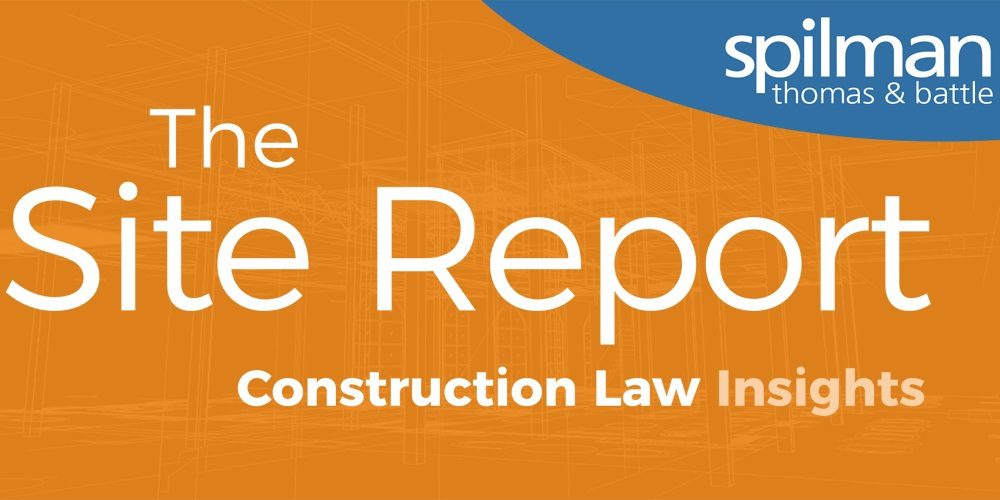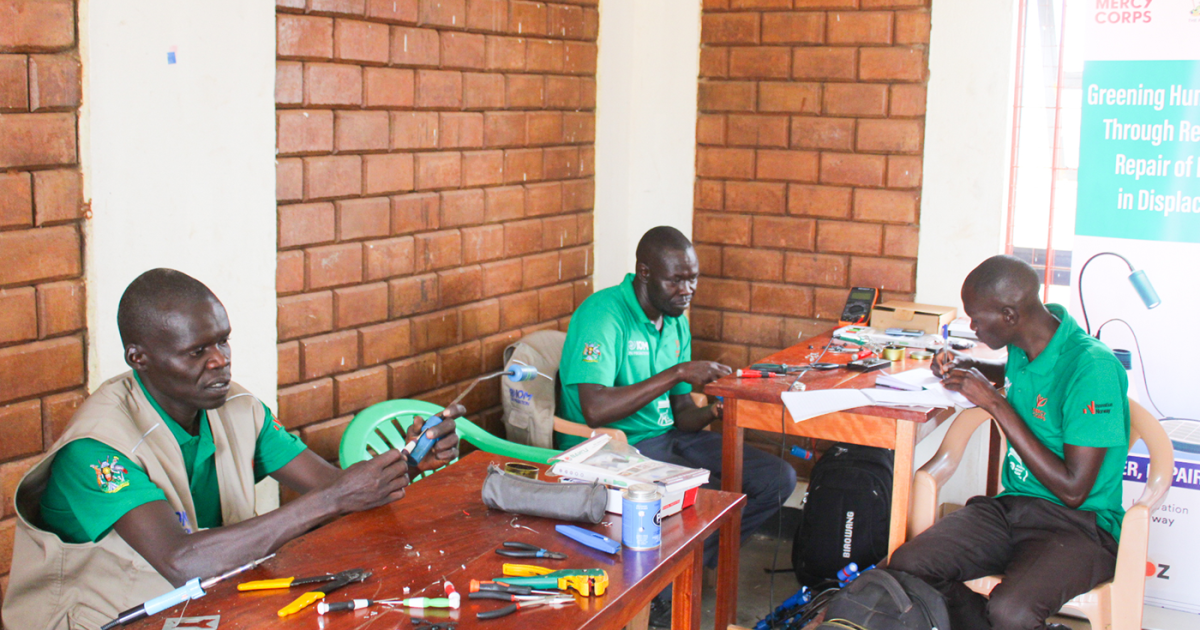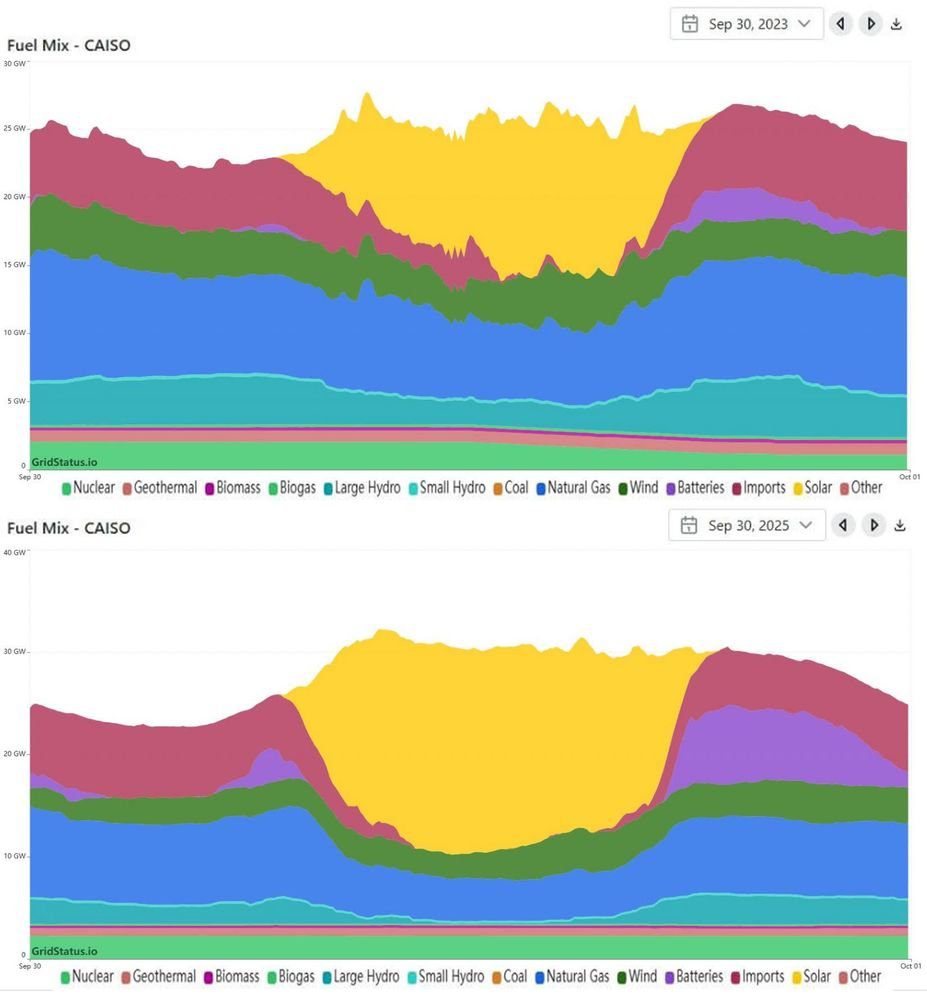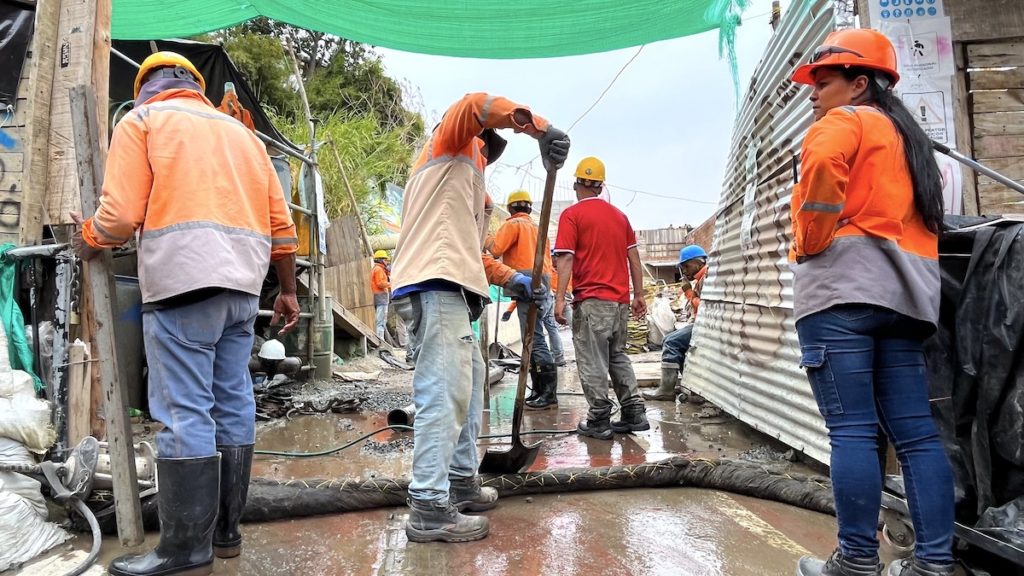DEP Declares Code Orange Air Quality Action Day for Ozone for Sunday August 10, 2025, in the Philadelphia Area – Commonwealth of Pennsylvania (.gov)

Air Quality Action Day Report: Philadelphia Metropolitan Area
Alert Overview and Impact on Sustainable Development Goals
The Pennsylvania Department of Environmental Protection (DEP) has issued a Code Orange Air Quality Action Day for Sunday, August 10, affecting the counties of Philadelphia, Bucks, Montgomery, Chester, and Delaware. This alert signifies elevated ozone concentrations, posing a direct challenge to several United Nations Sustainable Development Goals (SDGs), particularly those concerning public health and sustainable urban environments.
Atmospheric conditions, including sunny skies, high temperatures approaching 90 degrees Fahrenheit, and light southerly winds, are forecasted to facilitate the formation of ground-level ozone. This situation underscores the intricate link between weather patterns, human activity, and environmental health.
Public Health Imperatives and SDG 3: Good Health and Well-being
The primary concern of a Code Orange alert is its impact on human health, directly aligning with SDG 3: Good Health and Well-being. Ozone pollution can cause respiratory issues and aggravate existing conditions.
- Vulnerable Populations: The DEP has identified specific groups at higher risk, including children, older adults, and individuals with pre-existing respiratory conditions such as asthma, emphysema, and bronchitis.
- Health Advisory: In accordance with SDG 3’s target to reduce illnesses from hazardous chemicals and pollution, these sensitive groups are strongly advised to limit strenuous outdoor activities during the afternoon when ozone levels are expected to peak.
Urban Air Quality and SDG 11: Sustainable Cities and Communities
This air quality event highlights the challenges in achieving SDG 11: Sustainable Cities and Communities, which aims to reduce the adverse per capita environmental impact of cities, including by paying special attention to air quality.
- Ozone Formation: Ground-level ozone is a secondary pollutant formed when precursors—nitrogen oxides (NOx) and volatile organic compounds (VOCs)—react in sunlight.
- Pollution Sources: Key sources of these precursors are concentrated in urban areas and include vehicle exhaust and industrial emissions, which are critical factors to manage for urban sustainability.
Recommended Actions for Collective Impact on SDGs
To mitigate ozone formation and support broader sustainability objectives, residents and businesses are encouraged to take voluntary actions. These measures contribute not only to improved air quality (SDG 3, SDG 11) but also to climate action and responsible energy consumption.
- Promote Sustainable Transport (SDG 11): Reduce vehicle usage by carpooling, utilizing public transportation, or combining errands to minimize trips. Limiting engine idling is also recommended.
- Advance Climate Action (SDG 13): Since many ozone precursors are co-emitted with greenhouse gases from fossil fuel combustion, reducing vehicle use directly contributes to climate change mitigation.
- Ensure Responsible Consumption (SDG 7 & SDG 12): Conserve electricity by setting air conditioning to a higher temperature and turning off unused lights. This supports SDG 7 (Affordable and Clean Energy) by reducing strain on the power grid and SDG 12 (Responsible Consumption and Production) by promoting efficient resource use.
- Shift Consumption Patterns (SDG 12): Refueling vehicles after dusk can prevent gasoline vapors from contributing to ozone formation during peak sunlight hours.
Understanding the Air Quality Index (AQI) Framework
The U.S. Environmental Protection Agency (EPA) utilizes a standardized Air Quality Index (AQI) to communicate health risks. An Air Quality Action Day is declared when the forecast is Code Orange or higher, providing a crucial tool for public health management in line with SDG targets.
- Green: Good air quality.
- Yellow: Moderate air quality.
- Orange: Unhealthy for sensitive groups.
- Red: Unhealthy for everyone.
Continuous monitoring is available to the public via platforms such as airnow.gov, promoting transparency and empowering citizens to make informed decisions for their health and environment.
Which SDGs are addressed or connected to the issues highlighted in the article?
- SDG 3: Good Health and Well-being: The article directly addresses this goal by highlighting the health risks of air pollution. It states that “young children, the elderly, and those with respiratory problems, such as asthma, emphysema, and bronchitis, are especially vulnerable to the effects of air pollution and should limit outdoor activities.” This focuses on ensuring healthy lives and promoting well-being for all ages.
- SDG 11: Sustainable Cities and Communities: The issue is framed within an urban context, specifically Philadelphia and its surrounding counties. The article notes that “Ozone pollution is most common in densely populated areas with higher amounts of car exhaust and industrial air emissions.” The recommended actions, such as using public transportation and reducing vehicle trips, are central to creating sustainable cities.
- SDG 7: Affordable and Clean Energy: The article encourages residents to “Conserving electricity by setting air conditioning to a higher temperature and turning off lights that are not in use.” This recommendation directly relates to energy conservation and efficiency, which is a key component of sustainable energy management.
What specific targets under those SDGs can be identified based on the article’s content?
SDG 3: Good Health and Well-being
- Target 3.9: By 2030, substantially reduce the number of deaths and illnesses from hazardous chemicals and air, water and soil pollution and contamination. The article’s entire purpose is to warn the public about high ozone levels to prevent illnesses, directly aligning with this target’s focus on reducing health problems caused by air pollution.
SDG 11: Sustainable Cities and Communities
- Target 11.6: By 2030, reduce the adverse per capita environmental impact of cities, including by paying special attention to air quality. The declaration of a “Code Orange Air Quality Action Day” is a direct response to the adverse environmental impact of the city, specifically its poor air quality, which this target aims to reduce.
SDG 7: Affordable and Clean Energy
- Target 7.3: By 2030, double the global rate of improvement in energy efficiency. The call to action for residents to conserve electricity supports this target by promoting energy-efficient behaviors at the consumer level.
Are there any indicators mentioned or implied in the article that can be used to measure progress towards the identified targets?
- Air Quality Index (AQI): The article explicitly mentions and describes the U.S. Environmental Protection Agency’s (EPA) Air Quality Index (AQI) as a tool that “provides standardized color codes for forecasting and reporting daily air quality.” The declaration of a “Code Orange” day is based on this index. The AQI serves as a direct indicator for Target 11.6 (measuring urban air quality) and a proxy indicator for Target 3.9 (measuring the level of pollution that can lead to illness).
- Ozone Concentrations: The article implies the measurement of ozone levels by stating that weather conditions “will act to produce ozone concentrations in the code ORANGE range.” The concentration of specific pollutants like ozone is a key underlying indicator used to calculate the overall AQI.
Table of SDGs, Targets, and Indicators
| SDGs | Targets | Indicators |
|---|---|---|
| SDG 3: Good Health and Well-being | Target 3.9: Substantially reduce illnesses from air pollution. | The Air Quality Index (AQI) is used as a proxy indicator for health risks from air pollution. |
| SDG 11: Sustainable Cities and Communities | Target 11.6: Reduce the adverse per capita environmental impact of cities, paying special attention to air quality. | The Air Quality Index (AQI) and specific ozone concentrations are mentioned as direct measures of urban air quality. |
| SDG 7: Affordable and Clean Energy | Target 7.3: Double the global rate of improvement in energy efficiency. | Voluntary actions to conserve electricity are implied as a measure of progress toward energy efficiency. |
Source: pa.gov

What is Your Reaction?
 Like
0
Like
0
 Dislike
0
Dislike
0
 Love
0
Love
0
 Funny
0
Funny
0
 Angry
0
Angry
0
 Sad
0
Sad
0
 Wow
0
Wow
0















;Resize=805#)































































